1,786-km Lanzhou-Urumqi line puts growth on faster track
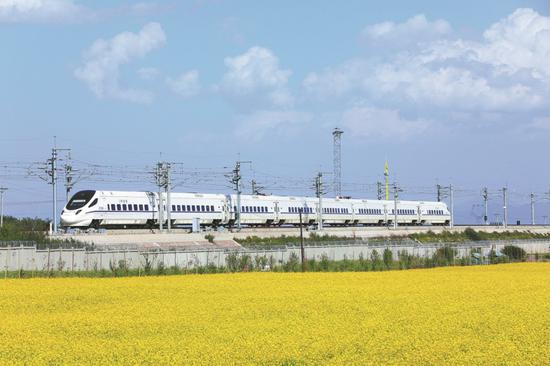
A bullet train passes fields of blossoming rapeseed flowers on the Lanzhou-Urumqi High-Speed Railway in Menyuan, Qinghai province, last month. (Photo provided to China Daily)
Each morning, the low, repetitive hum of trains on track is enough to send 50-year-old rail maintenance worker Ma Wanli to sleep in his makeshift bed in his on-site office, safe in the knowledge that his previous five-hour shift has ensured everything is running smoothly.
Ma and his colleagues, of China Railway Qinghai-Xizang Group, are responsible for a section of the Lanzhou-Urumqi High-Speed Railway in Qinghai province, stretching 218 kilometers.
Over the past decade, Ma has witnessed the transformation of various local cities from relative obscurities to tourist destinations, and attributes this to the opening of the Lanzhou-Urumqi High-Speed Railway.
The high-speed railway starts in Lanzhou, Gansu province, passes through Xining in Qinghai, and terminates in Urumqi, Xinjiang Uygur autonomous region, spanning a total length of 1,786 km.
The railway began operation on Dec 26, 2014, strengthening connections between Northwest China and other parts of the country. In nearly 10 years, it has transported over 140 million passengers and driven the rapid economic development of cities along the route.
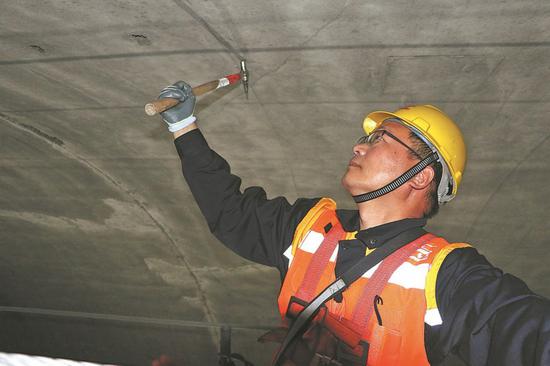
Ma Wanli inspects the Gaojiawan Tunnel on the Lanzhou-Urumqi high-speed line in Ledu, Qinghai province, last month. (Photo provided to China Daily)
Ma moved from his hometown in Henan province to live in Xining, the capital city of Qinghai, with his parents when he was 7, as his parents were also railway employees working in the province.
He majored in clinical medicine in college, but influenced by his parents, learned a lot about railways and passed the examination to join the China Railway Qinghai-Xizang Group in 1996.
Ma and his team are responsible for the inspection and maintenance of high-speed railway bridges, tunnels, culverts and other critical equipment. They usually work between midnight and 4 am when the train traffic is relatively light.
Despite working at an altitude of more than 3,000 meters for the past 28 years, Ma hasn't missed a single inspection or made an erroneous judgment.
The team needs to promptly identify and address problems and hidden dangers along the route such as whether drainage outlets within protective fences are blocked, if there is floating debris, or if local residents are engaging in activities like burning waste or building sheep pens along the route's fence line.
The environmental issues along the rail line also fall within their scope. In the first few years, Ma and his team encountered villagers dumping piles of straw along the rail fences or burning waste. When they tried to dissuade them, the villagers often didn't understand and refused to cooperate, making the work difficult. They had to collaborate with village officials to address these issues.
The area is prone to strong winds, and debris on the tracks can affect train safety, Ma said. In recent years, increased rainfall and haphazard construction have led to poor drainage, also impacting safety.
After 10 years of operation, the residents around the railway tracks have developed a basic awareness of safety and understand the significant benefits of the railway's safe operation for the local community, he said.
"In maintaining the railway's normal operation, great responsibility, patience, a strong will to keep learning and a continuous spirit of innovation are required," said Ma.


















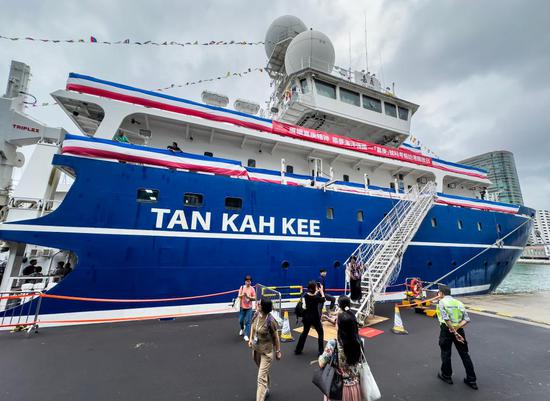
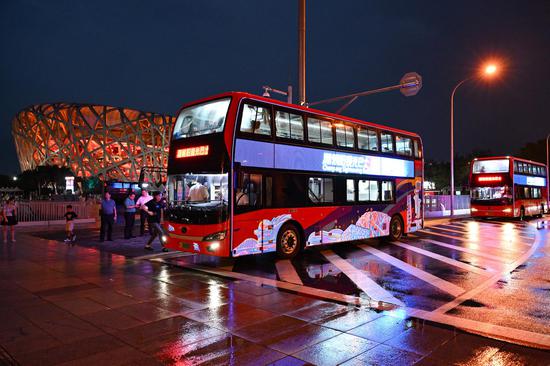





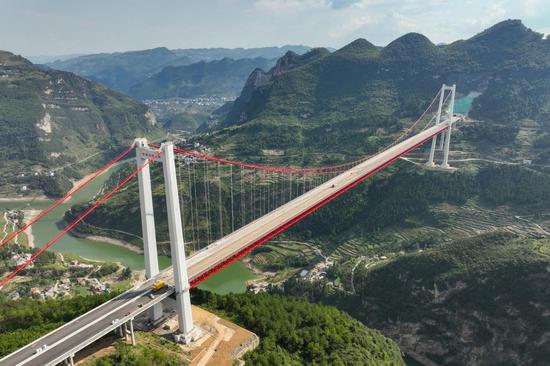




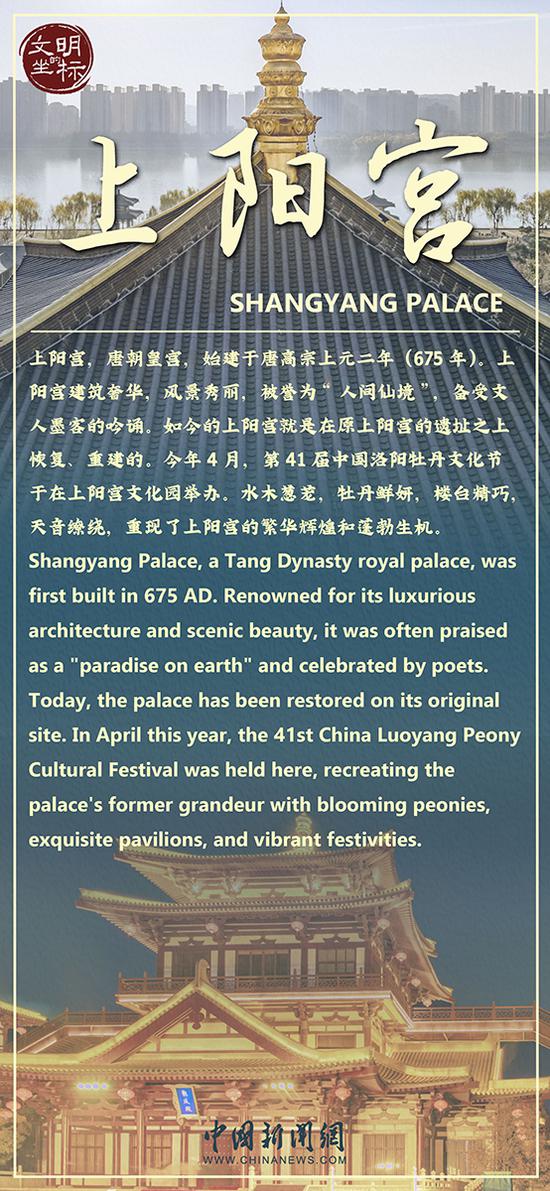










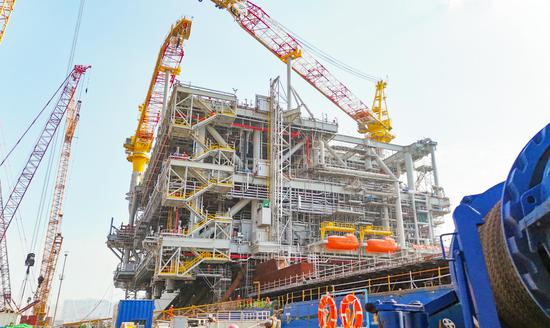








 京公网安备 11010202009201号
京公网安备 11010202009201号